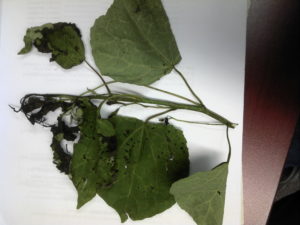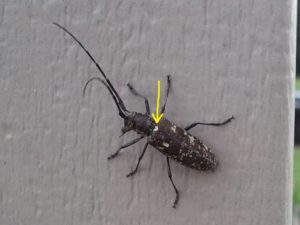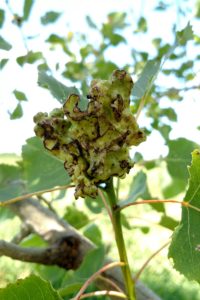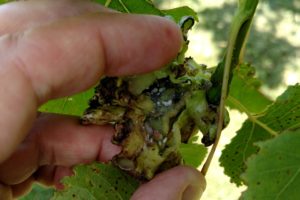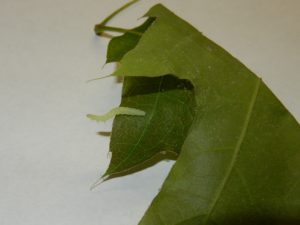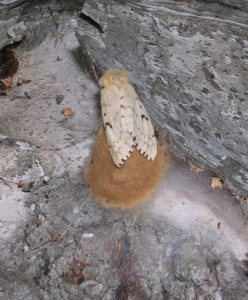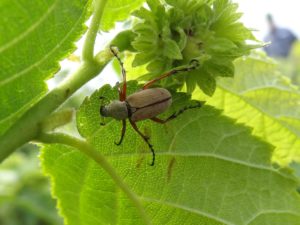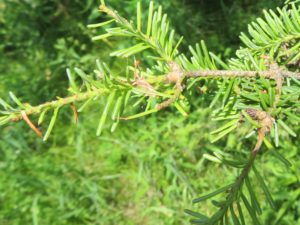Advancements in wood technologies have expanded the use of wood in design and construction. Mass timber products such as cross-laminated timber (CLT) have emerged and offer opportunities in tall wood construction. The Wisconsin DNR, in partnership with the Wisconsin Wood Marketing Team, Forest Stewards Guild, and the American Institute of Architects, will host a seminar on September 20, 2017 in Madison, Wisconsin to highlight wood-based construction, mass timber products, applicable building codes, and case studies on how wood technologies can be a sustainable, cost-effective solution for tackling modern design needs. The event will feature a tour of “The Crossroads” located on the Promega campus, showcasing an innovative mix of glulam and cross-laminated timber.
Architects, engineers, designers, developers, general contractors and others interested in wood design are encouraged to attend this informative seminar to be held at the Promega Corporation’s BioPharmaceutical Technology Center (5445 E. Cheryl Parkway, Madison, WI 53711). The registration fee of $30 ($15 for students) includes lunch and refreshments. Visit the event webpage for online registration and additional information.
**Event fulfills 4.5 AIA/CES credits**
For more information, contact Collin Buntrock (715-365-4704, Collin.Buntrock@Wisconsin.gov) or Sabina Dhungana (608-261-0754, Sabina.Dhungana@Wisconsin.gov).

